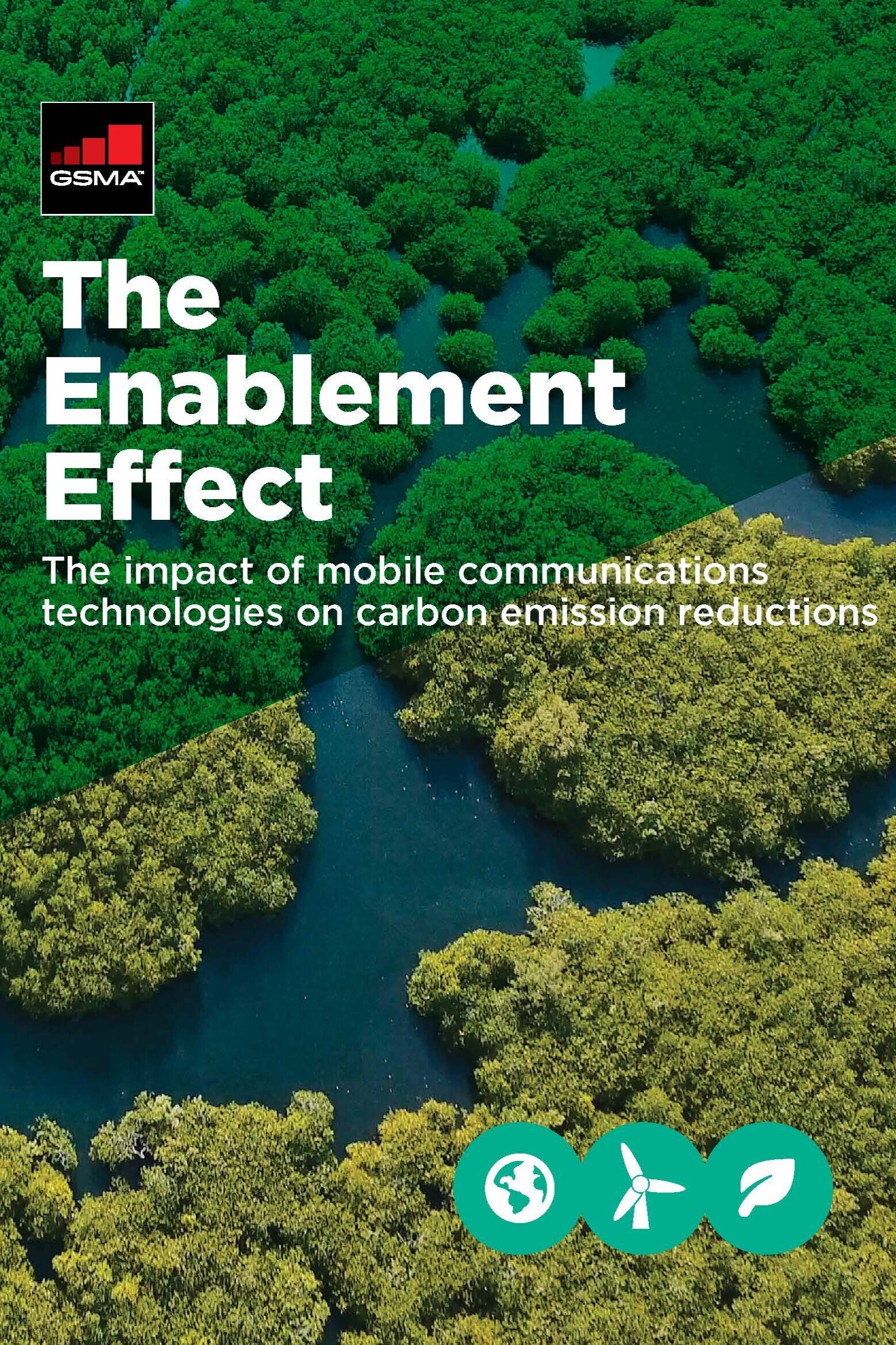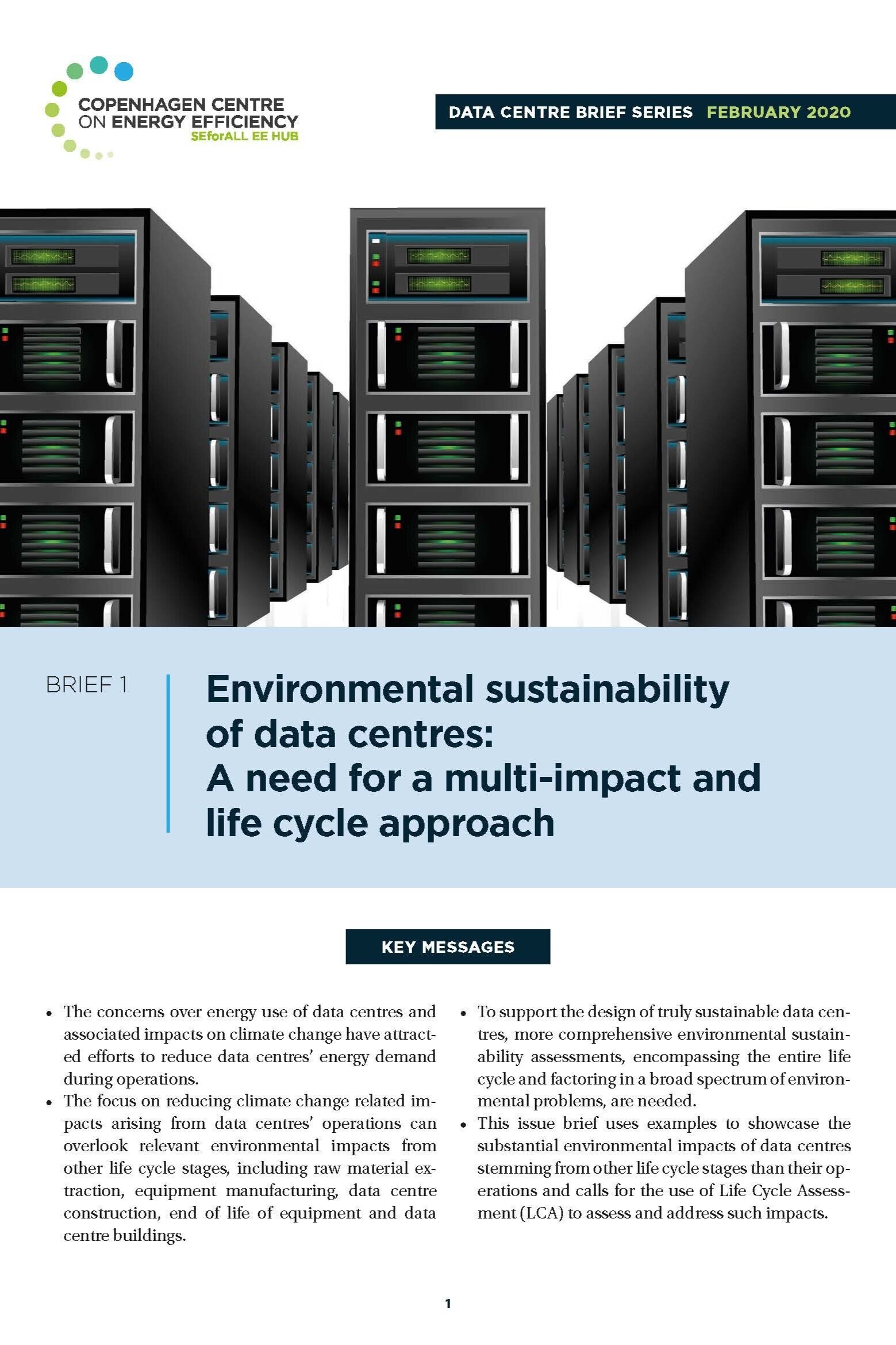Sustainable Data Centers: Powering the Digital Revolution
Data centers are an integral part of modern-day society as they store and process massive amounts of data, from personal information to business data, and everything in between.
However, data centers also consume an enormous amount of energy and have a significant impact on the environment. With the growing demand for data storage and processing, it is critical to address the need for sustainable data centers that can reduce their environmental impact while still meeting the growing demand for data.
This paper aims to explore the importance of sustainable data centers, their impact on the environment, and potential solutions to reduce their carbon footprint.
The timeliness of this paper cannot be overstated, as the demand for data continues to grow exponentially, and the environmental impact of data centers remains a pressing concern.
Request for Information Response to the Environmental Protection Agency: Greenhouse Gas Corporate Reporting Requirements
This Request for Information response highlights the growing market demand for carbon transparency, the importance of standardized environmental data across the federal government, and the Data Harmonization Principles that the DCA developed last year.
Inflation Reduction Act Implementation Letter to the Department of Energy
The Digital Climate Alliance sent a letter to Department of Energy (DOE) Secretary Jennifer M. Granholm urging the Department to leverage and utilize digital technologies as they implement the Inflation Reduction Act. Specifically, the letter encourages the DOE to utilize digital technologies to assist with the development of new electric distribution facilities, which will improve the reliability, flexibility, resilience, and efficiency of the grid and highlights the role of grid virtualization.
Inflation Reduction Act Implementation Letter to the General Services Administration
The Digital Climate Alliance sent a letter to General Services Administration (GSA) Administrator Robin Carnahan in support of the following provisions in the Inflation Reduction Act: 1) the Federal Buildings Fund provision directing the GSA to support “emerging and sustainable technologies, and related environmental programs” and 2) the provision directing the GSA to advance the utilization of products “that have substantially lower levels of embodied greenhouse gas (GHG) emissions.”
Inflation Reduction Act Implementation Letter to the Environmental Protection Agency
The Digital Climate Alliance sent a letter to Environmental Protection Agency (EPA) Administrator Michael S. Regan in support of the following provisions in the Inflation Reduction Act: 1) the greenhouse gas (GHG) corporate reporting provision directing the EPA to support “enhanced standardization and transparency of corporate climate action commitments and plans to reduce GHG emissions" and 2) the provision directing the EPA to develop standards to identify and label materials and products with substantially lower levels of GHG emissions.
An Assessment of Methane Measurement and Monitoring Technologies
An assessment reviewing leading and emerging technologies that are being deployed for methane measurement and monitoring. With enhanced transparency of methane emissions across the supply chain, natural gas suppliers can begin to differentiate their products based on their environmental impacts.
The need for an open, smarter grid starts with substation modernization.
Increased use of distributed energy resources (DERs), electric vehicles (EVs), and intelligent automation applications require a significant change in the way today’s power grid is designed, built, and operated. To maintain a stable, efficient and sustainable energy ecosystem, utilities must transform the grid from a rigid, one way journey to a two-way exchange of power leveraging the ability to exchange data and using communication in a secured way.
By increasing connectivity, improving efficiency and impacting behavior change, mobile network enabled technologies are helping avoid emissions. In 2018, the enabling impact of mobile communication technologies globally was estimated to be around 2,135 million tonnes CO2e – similar to the total GHG emissions emitted by Russia in 2017.2 The total annual emissions of the mobile sector are approximately 220 MtCO2e,3 which is about 0.4% of total global emissions. Compared to the global carbon footprint of mobile networks themselves, the level of avoided emissions enabled by mobile communications technologies is 10 times greater – a tenfold positive impact.
The evidence and case studies presented in this report cover the full range of measures that are being deployed to better understand the Earth’s system, reduce greenhouse gas emissions and build resilience to the climate crisis – from using space sensing observation to track deforestation to developing smart grids to accelerate the energy transition to strengthening early warnings systems against the rising number of extreme weather events.
Congressional Letter
The Digital Climate Alliance transmitted a letter encouraging Congress to develop “build back better” legislation that promotes economic recovery through infrastructure investment, including leveraging existing data systems and digital tools used in the private sector to design, operate, and maintain buildings and infrastructure that reduce carbon emissions and waste.
Congressional Letter
The Digital Climate Alliance transmitted a letter to Department of Energy Secretary Jennifer M. Granholm in support of the following provisions in the Infrastructure Investment and Jobs Act (IIJA): 1) the enhanced data collection provisions directing the Energy Information Administration (EIA) to develop a publicly available dashboard and harmonize their data with EPA and other Federal agencies, and 2) the “Digital Climate Solutions” report.
The focus on reducing climate change related impacts arising from data centers’ operations can overlook relevant environmental impacts from other life cycle stages, including raw material ex-traction, equipment manufacturing, data center construction, end of life of equipment and data center buildings. This issue brief uses examples to showcase the substantial environmental impacts of data centres stemming from other life cycle stages than their operations and calls for the use of Life Cycle Assessment (LCA) to assess and address such impacts.
How Digital Tools and Platforms can Revolutionize U.S. Climate Policy
As more and more companies are leveraging digital tools and platforms to reduce climate impacts, improve energy and water efficiency and resiliency, and promote further innovation across our nation’s critical infrastructure, there needs to be a concerted voice coordinating these efforts and advocating for the increased use of digital technologies as solutions to addressing the climate crisis.
Blockchain technology provides a key to solving some of the critical issues that hinder effective scaling of climate action. The main benefits of blockchain technology are rooted in three main characteristics:
Data records on a blockchain are immutable through a permanent ledger for increased transparency.
Blockchain technology brings trust to peer-to-peer transactions.
Smart contracts that can automatically execute the terms specified in a contract increase efficiency and reduce transaction costs.
Congressional Letter
Building off the Alliance’s recent work seeking to bring increased transparency and accountability around businesses voluntary emission reduction commitments, C2ES and the Digital Climate Alliance transmitted a letter to the Senate Environment and Public Works (EPW) Committee requesting, as part of their reconciliation recommendations, that they provide funding to the EPA’s Climate Protection Partnership Division to establish a “Corporate Climate Action Platform” that would enable large cap public and private companies to measure, report, and verify their progress towards these commitments.
Although technologies to help reduce industrial emissions are beginning to mature, there remains no clear and consistent way for the market to differentiate and value low-carbon industrial products in relation to higher polluting alternatives. By leveraging digitalization and advanced digital technologies like AI and blockchain, industrial companies can securely collect, store, and share real-time environmental data—and in turn, give consumers, investors, and governments a more complete, timely, credible, and trustworthy assessment of the climate impact of a particular product, facility, or company.
Two powerful forces are shaping human destiny: global climate change and the digital revolution. Both are human creations that pose systemic risks to society. The changing climate is driving systemic shifts that threaten to destabilize the health and well being of humankind. Big data, digital platforms, and artificial intelligence are rapidly transforming society in ways that pose systemic risks to the global social fabric. But fortunately, the digital age also presents systemic opportunities for driving the large-scale societal transformations needed to build a climate-safe and equitable world.
















